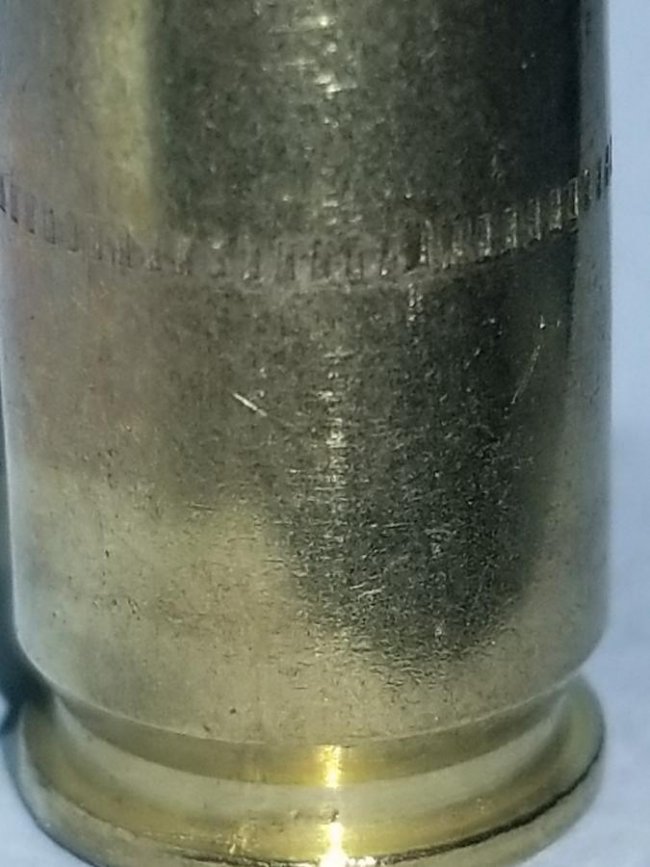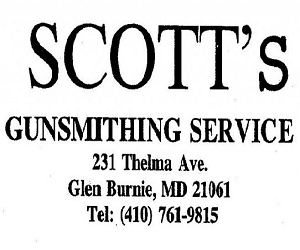OldNavyVet
Active Member
While sorting brass this morning i came across a couple of these 9mm with grooves. What are they? Disclaimer: I know nothing about reloading. Was saving brass for brother in law who has given it up for now. Most of it is my factory ammo with whatever was on the deck when I cleaned up. Just curious.





 I have had a few fail just above the solid base in 1917 Enfield and No1 MkIII Enfield.
I have had a few fail just above the solid base in 1917 Enfield and No1 MkIII Enfield.


